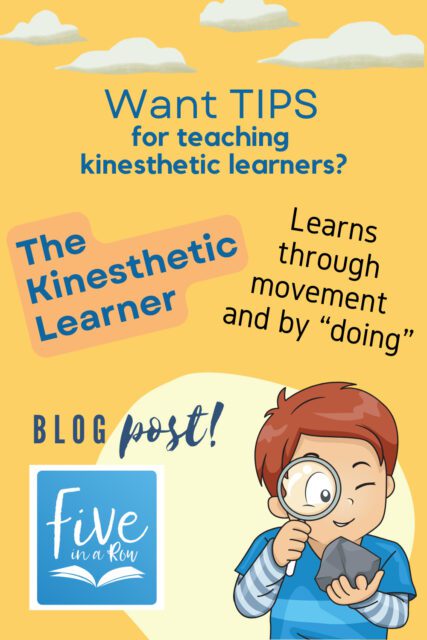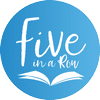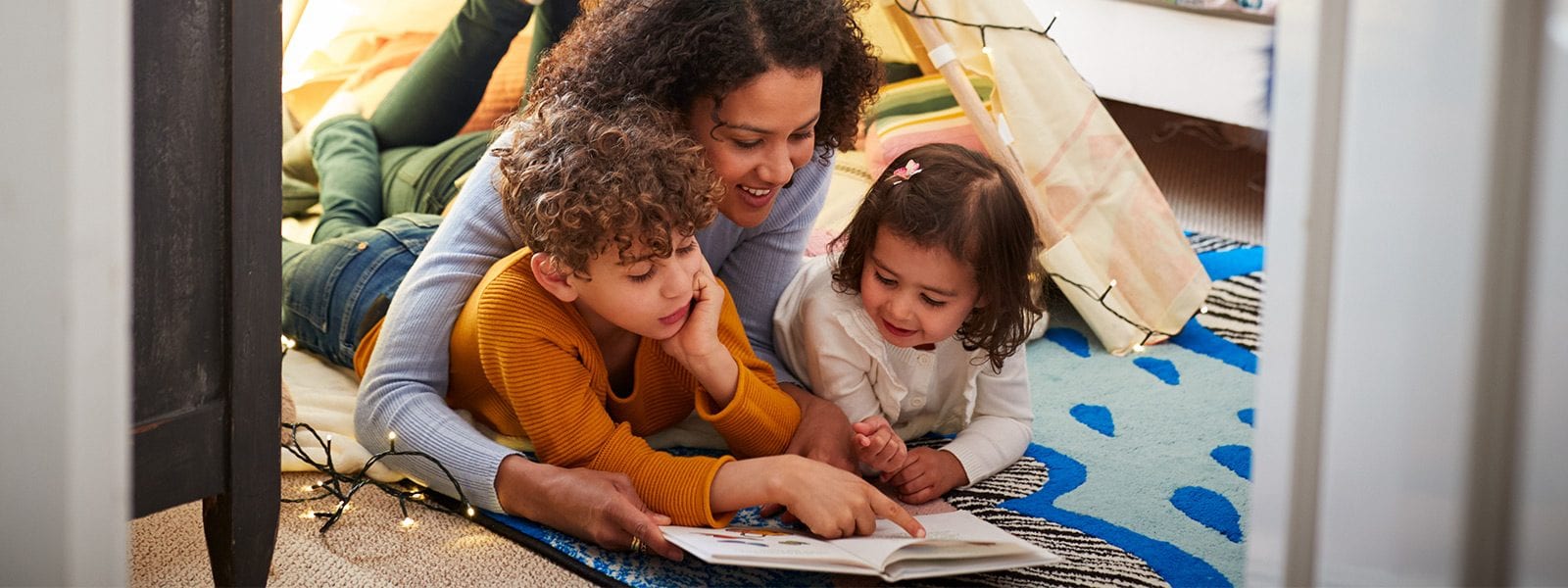A Kinesthetic learner—learns through movement and by doing. They like to move, touch, build, and draw rather than listen or watch. They prefer hands-on learning and experiments; a kinesthetic learner may find it difficult to sit still in lectures or video lessons. Providing movement ideas to pair with a verbal lesson or video lesson could help. For example, have your student tap their foot or a pencil every time a main lesson concept is mentioned (a key word, a name, a place, etc.)
Akeelah and the Bee is an inspirational movie about a young girl who overcomes challenges and obstacles to become a national spelling bee champion. The movie is an excellent example of a kinesthetic learner—Akeelah doesn’t learn spelling best through flashcards or written memorization but finds that her spelling talent excels by doing project-based learning (given by a tutor) and adding body movement and rhythm to her spelling practice. She jumps rope as she spells each word and the movement and rhythm promotes retention of the letters/words in her brain. Like Akeelah, kinesthetic learners thrive with movement and out-of-the-box, hands-on approaches to learning.
A Kinesthetic Learner learns best through doing things or movement. Here are some tips for teaching a kinesthetic learner—learn to utilize:
Field Trips (go see things in person)
Photos or examples/samples of abstract concepts
Hands-on Lessons (for example: samples of rocks to touch while learning about geology, or a solar system model when learning about space, etc.)
Use Manipulatives
Trace diagrams or images from lessons
Use Computers (games to play that teach concepts are great!)
Experiments (Lab courses, experiments you can do yourself, and computer-simulated experiments can be helpful)
Typing (the movement of typing can help you retain information)
Role play what you’ve learned
Discuss or teach someone else what you’re learning
Draw or build what you’re learning about
Use all your senses (think about something you’re learning through the five senses)
Self-learning related to the lesson (find a picture or chapter book that relates to the lesson to read or a video to watch—use more than just the textbook to learn)
Add movement to facts or words

Five in a Row can be a great fit for kinesthetic learners because it utilizes hands-on lessons and play-based learning (games, role play, movement, etc.) and it relates academic lessons to something the student is interested in (the picture or chapter book). Download a FREE Five in a Row sample unit and try it today! Click here to download the sample units.



 Tips for Teaching a Visual Learner
Tips for Teaching a Visual Learner